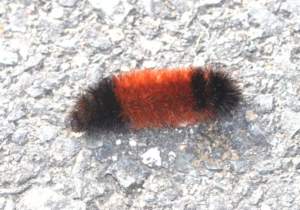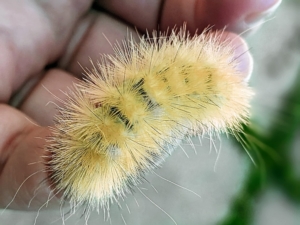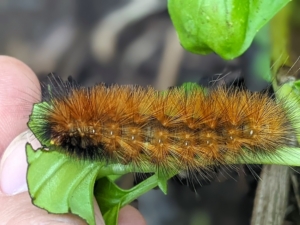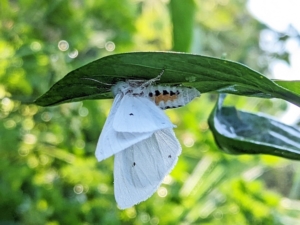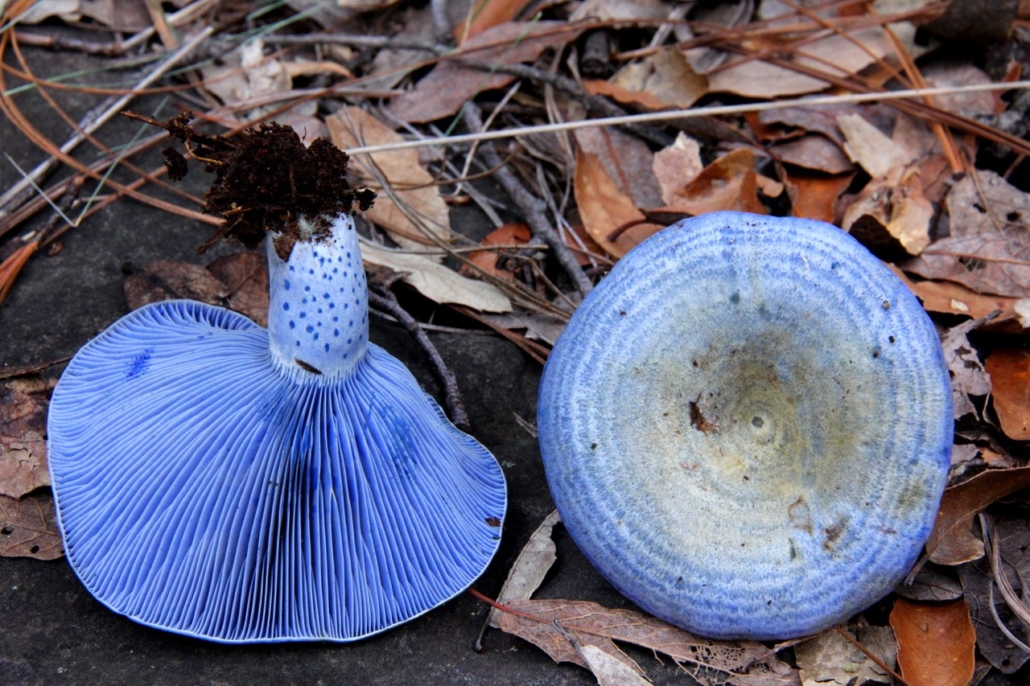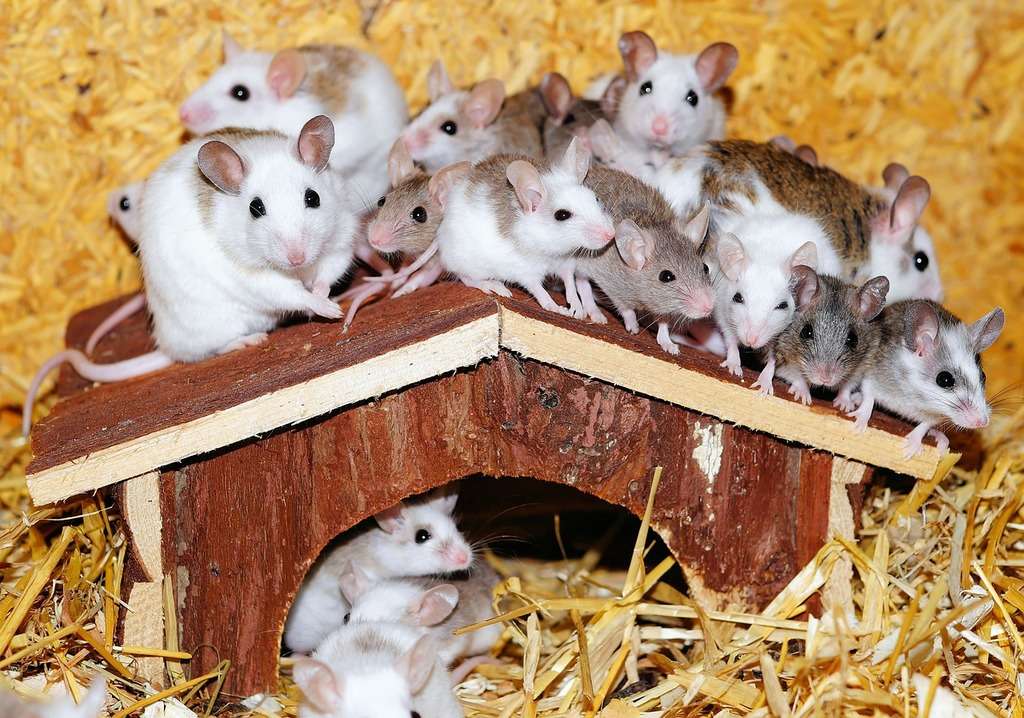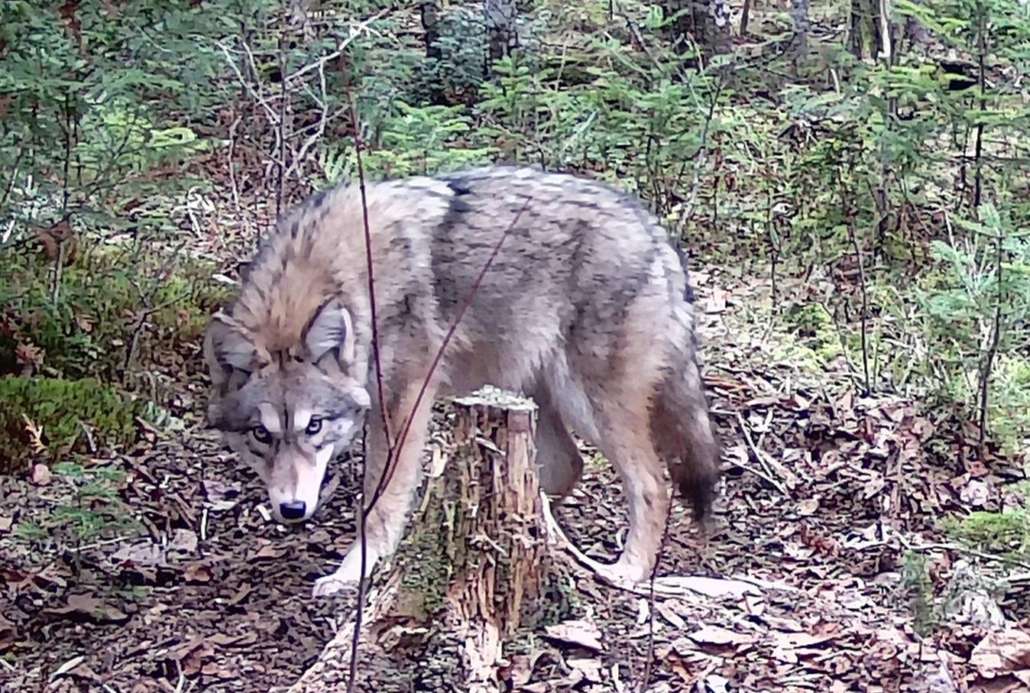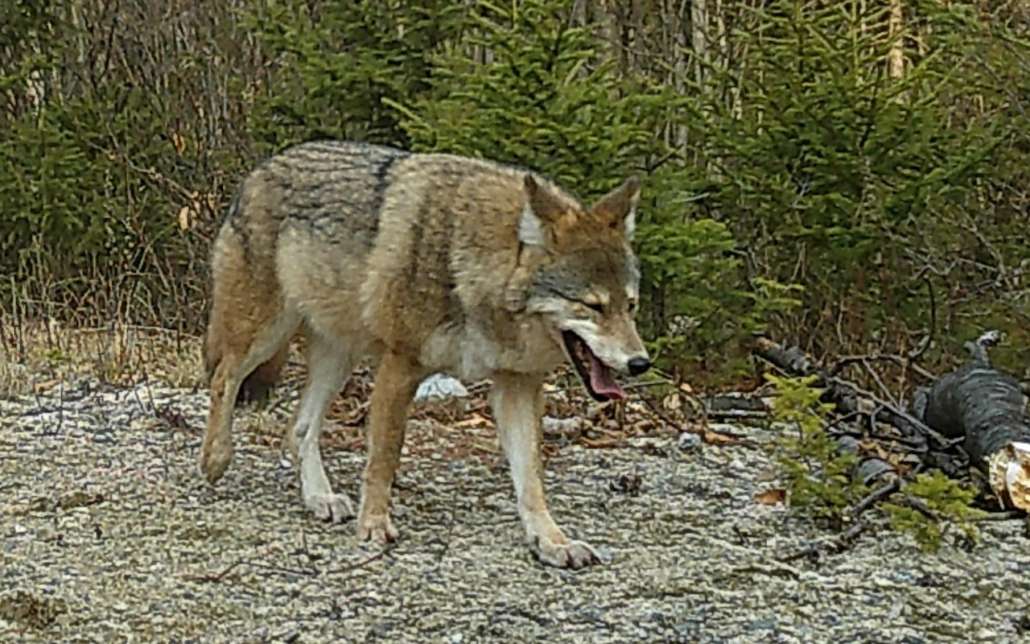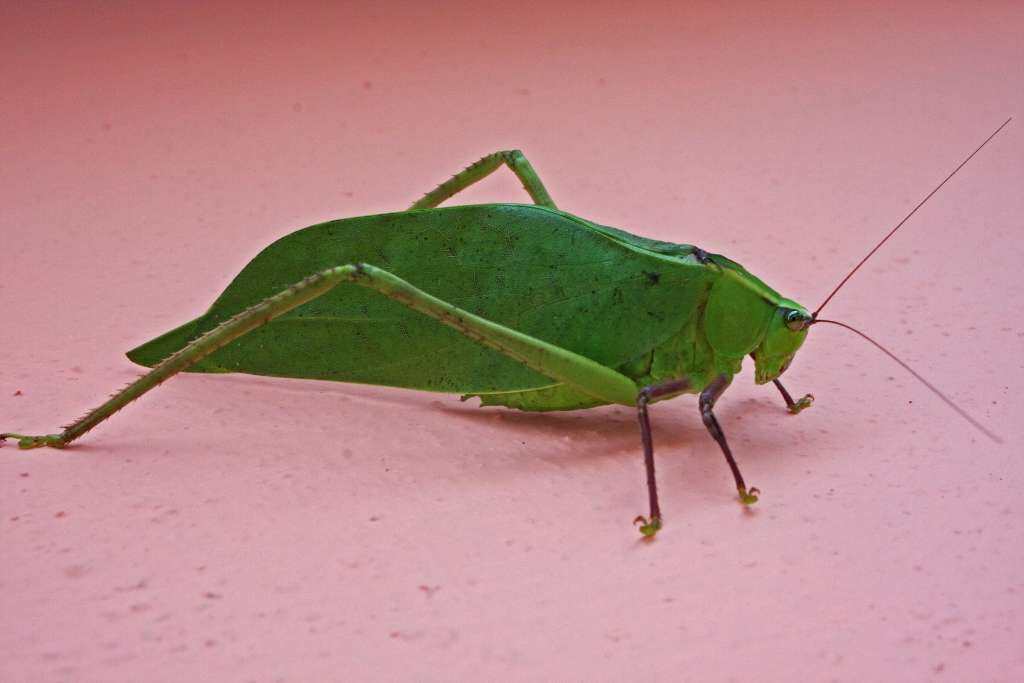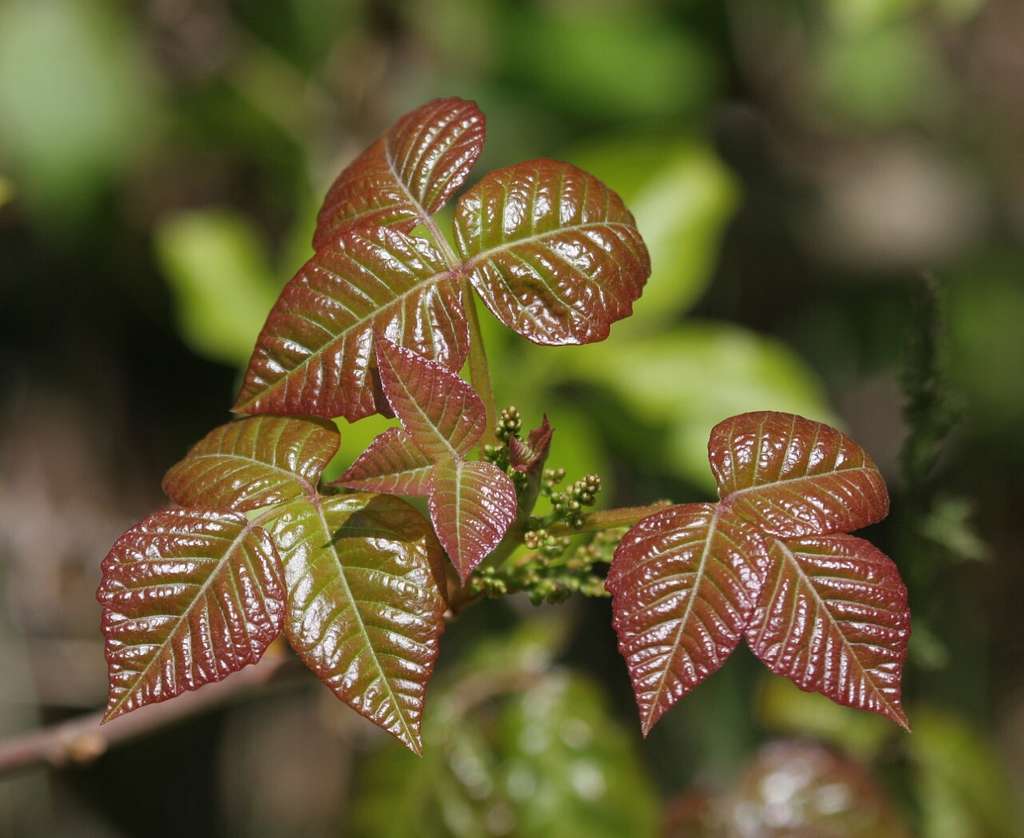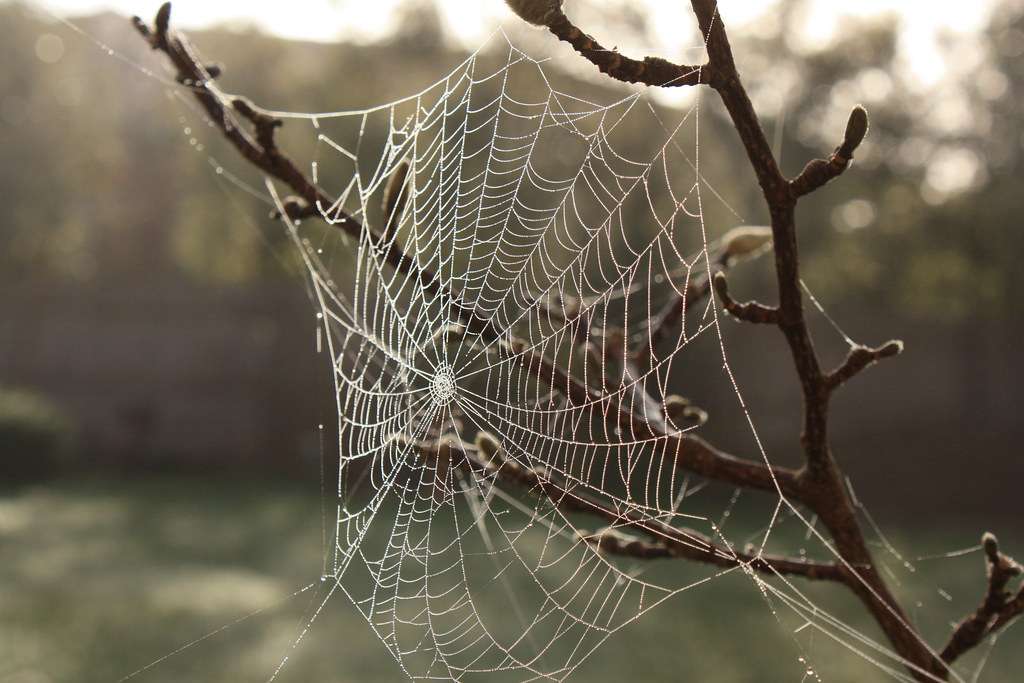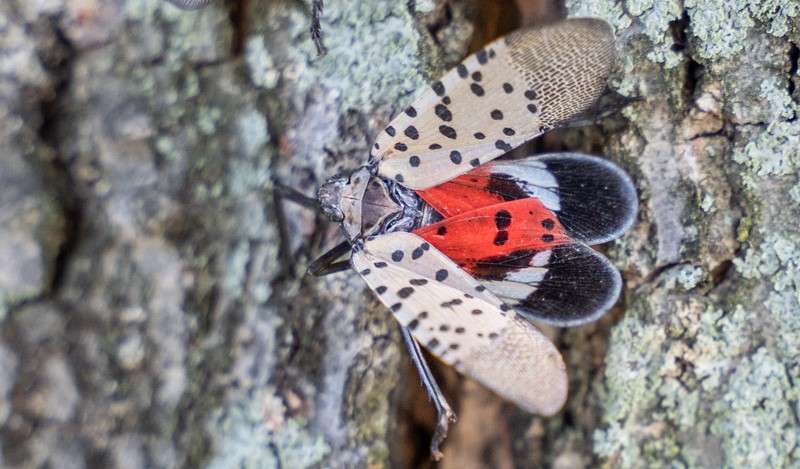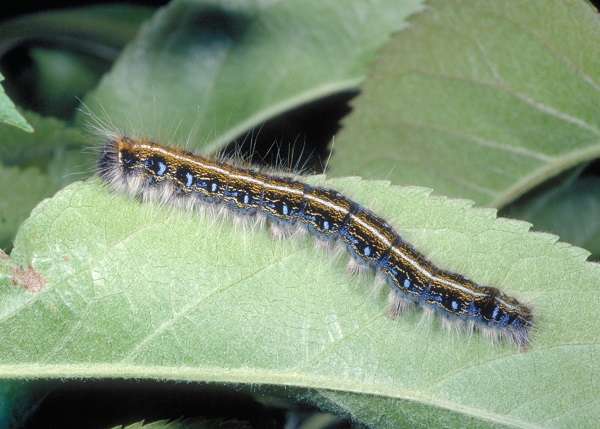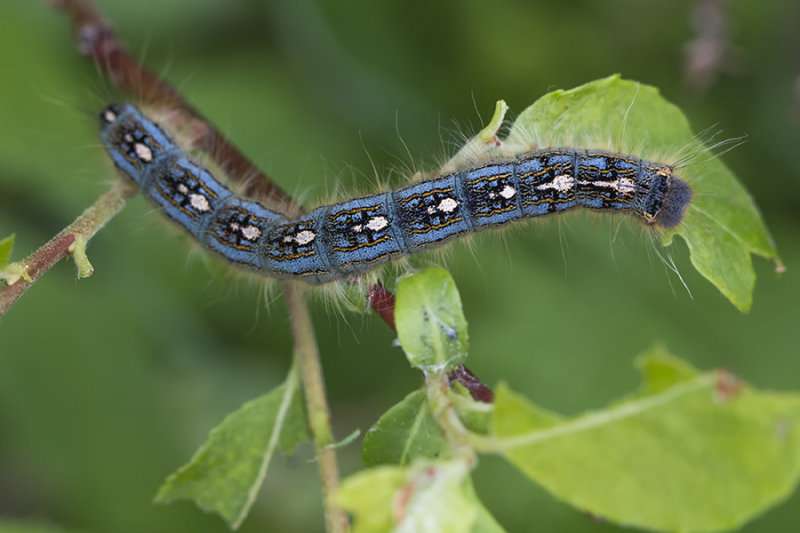SCORES & OUTDOORS: With the woolly bear MIA, what are we seeing in its place?
 by Roland D. Hallee
by Roland D. Hallee
Send out a BOLO! I got that from NCIS, it means “be on the lookout”, what they used to call an APB (all points bulletin – those of you my age will remember).
Has anyone seen a woolly bear caterpillar this year? Usually, by mid-September they are everywhere. I haven’t seen a one.
However, I have been seeing a yellow, fuzzy caterpillar that has me curious.
Now that the days are getting shorter and the night time temperatures are dipping into the 40s, It’s Woolly Bear Caterpillar season once again! Remember, the woolly bear caterpillar, according to folklore, predicts the severity, or mildness, of the approaching winter with the size of the rust-colored band it wears. The wider the band, the milder the winter. Since we haven’t seen any black/rust woolly bears, let’s take a look at the yellow woolly bear.
There are actually a lot of different fuzzy caterpillars out and about right now looking for a last meal and a good place to hibernate for the winter. One of which is the Yellow Woolly Bear Caterpillar. While they may look like your favorite pair of fuzzy slippers they are so much more interesting.
The Yellow Woolly Bear Caterpillar is part of a whole tribe of caterpillars named for their fuzzy appearance. The tribe name actually derives from the Greek word “arktos”, which translates to “bear”. It’s not until the Yellow Woolly Bear Caterpillar matures and goes through metamorphosis that it turns into a tiger – moth. The Virginian Tiger Moth to be precise.
Changing from a bear to a tiger isn’t this critter’s only trick. The Yellow Woolly Bear Caterpillar isn’t always yellow. Sometimes it’s a reddish or brownish color. While some caterpillars may decide they like yellow and stick to it, others start out yellowish and then change to a darker color when they molt. They are either all yellowish, all orangish/reddish, or all brownish. If you find a super fuzzy caterpillar that is part black and part orange, or some other mix of hair colors, it’s a different critter.
The Yellow Woolly Bear Caterpillar is native to the United States and can be found throughout much of North America, from Canada through Mexico. There are even some records on iNaturalist of the species being found in the more northern parts of South America.
The Yellow Woolly Bear can live in many habitats as well, anywhere from wooded and forested areas, to meadows, fields, gardens, and occasionally agricultural areas. The broad distribution range of and variety of favorable habitats for this species is likely due to its generalist feeding behavior. The Yellow Woolly Bear Caterpillar will eat a wide range of plant leaves from basil, to the clover in the yard, to maple trees – it will even occasionally eat milkweed plants. Luckily the caterpillars are not particularly numerous, preferring to put distance between themselves and their siblings, so the caterpillars rarely cause enough damage to be considered a pest.
The fuzzy Yellow Woolly Bear Caterpillars eventually turn into lovely white moths with yellow and orange patches on their bodies. While not nearly as hairy as the caterpillar, the moths do retain some fluffy looking leg warmers and hats. Once the caterpillars turn into moths, they are usually called Virginian Tiger Moths.
The moths don’t eat. At the most, they may take a quick drink of nectar from a nearby flower. While the caterpillar’s primary goal was to eat and grow as big as possible (without being eaten itself), the moth’s goal is to find a mate and bring the next generation of woolly bears into existence. Here’s where it gets really interesting, though. Remember those pictures of crazy looking moths with tentacles coming out of their butts that went viral for a while? Yeah, these moths can do that, too. Or at least a similar variation of the tentacle butt thing.
The tentacle looking things are actually organs the male moths have and can inflate to produce and spread pheromones that attract female moths. Kind of like a cologne. While they look different depending on the species, some are tentacle-like, others more like pencils or feather dusters, most male moths have them.
So, now that we know a little more about these woolly bear variations, I will know they are of the woolly bear family. The only thing I wasn’t able to find was if they have the weather predicting powers like the traditional woolly bear.
Roland’s trivia question of the week:
In 2014, which versatile Red Sox player become the first to start in seven different positions in a single season?


